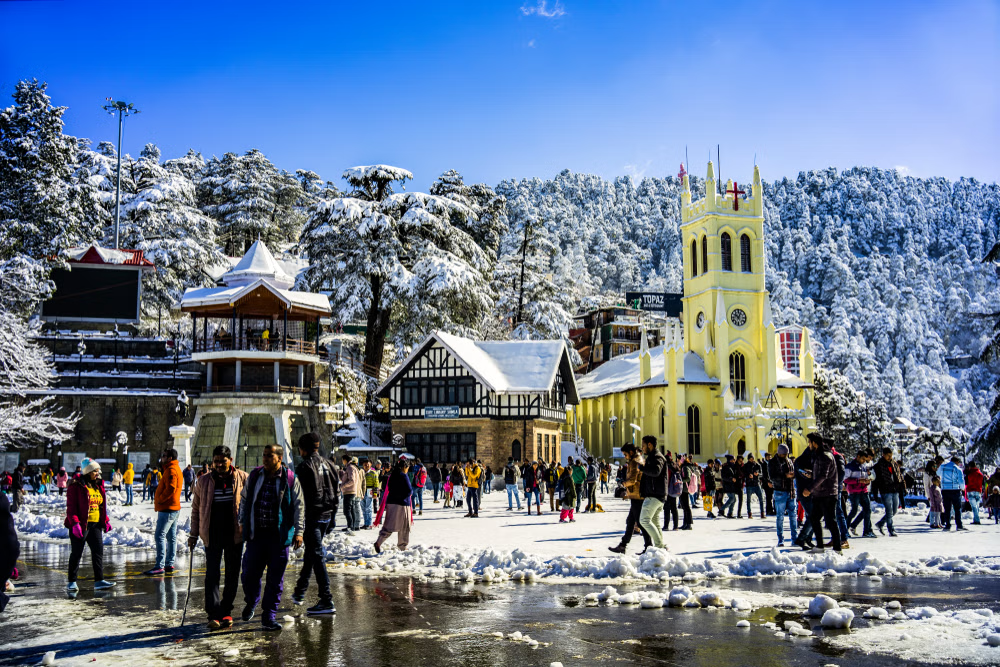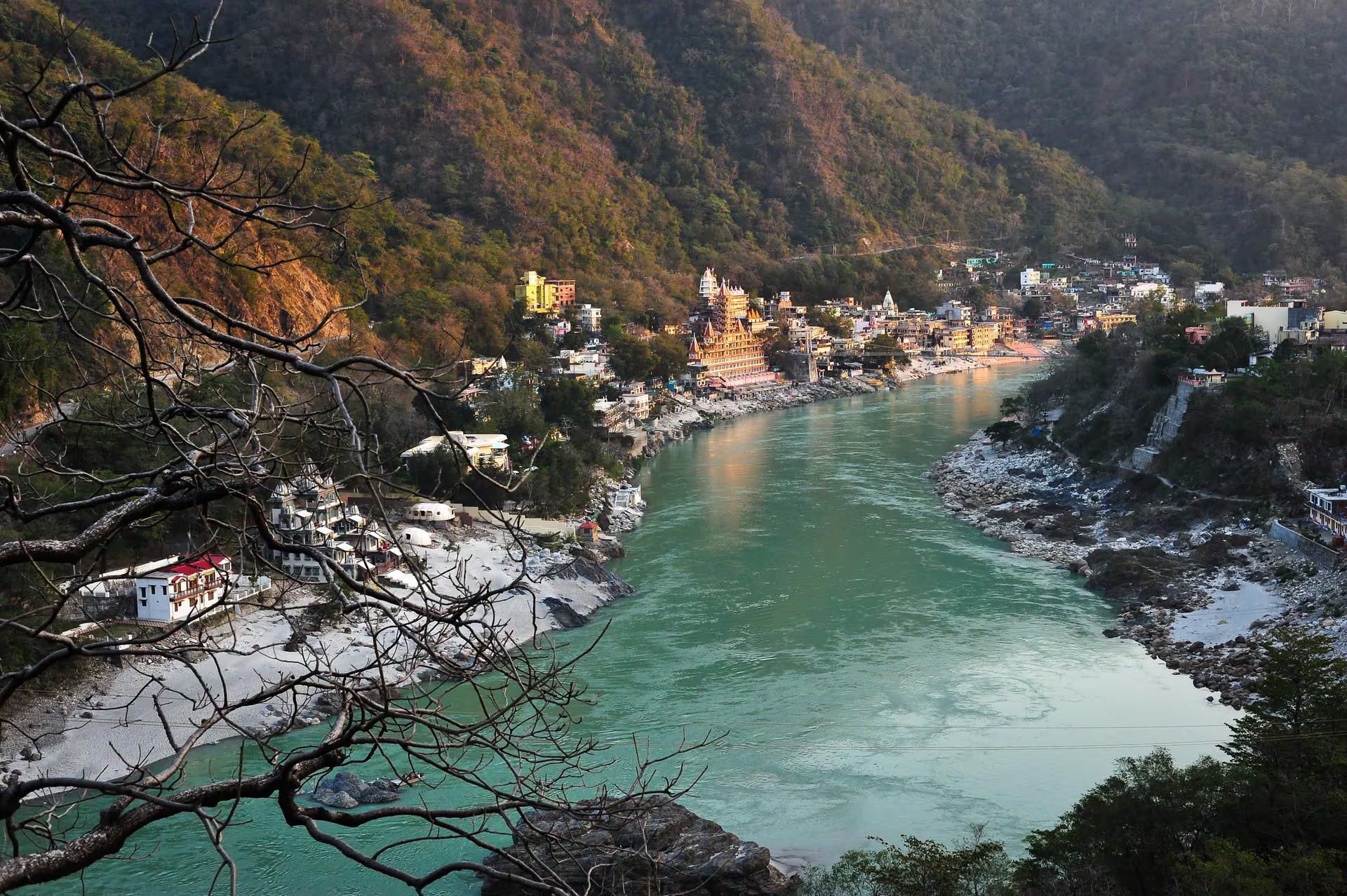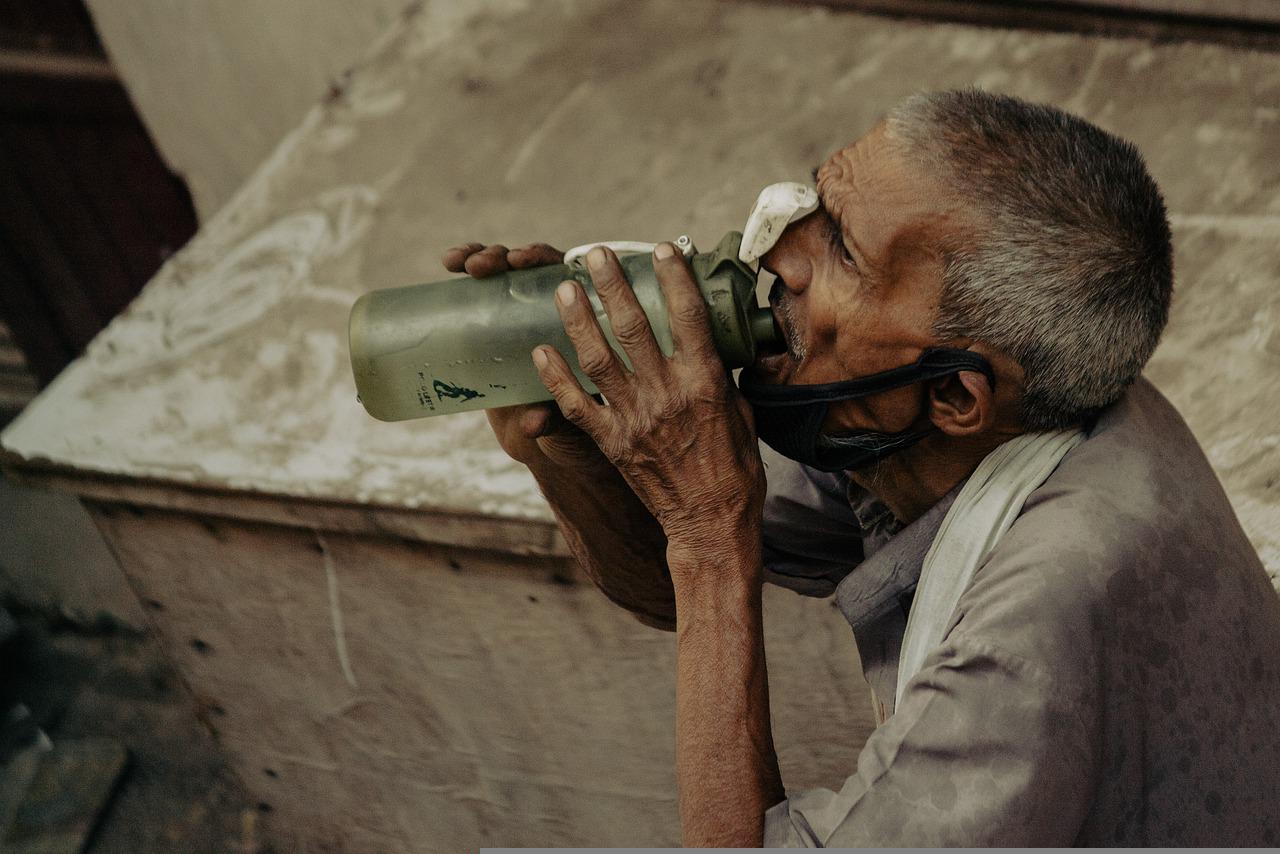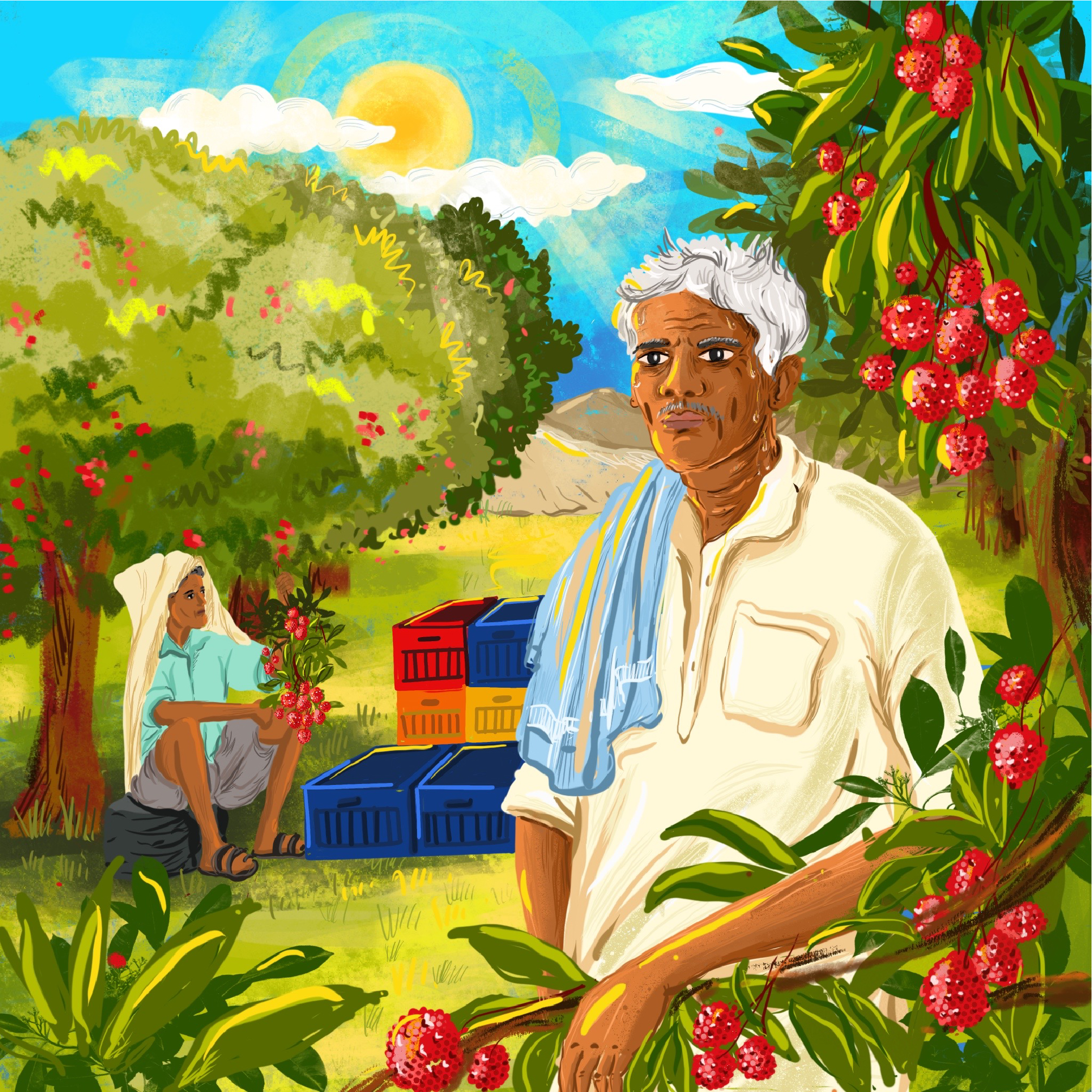Paradise in Peril: How Climate Change Has Changed Summer Destinations
With 2023 being the hottest year on record and the country prepping to be hit by unprecedented heatwaves this year, a closer look at the top summer spots tells a concerning story.
By Ojas Khurana / Apr 17, 2024

AI generated image
As the heat goes up and work slows down, many people are either dreaming of or have already locked in their summer plans. Everyone is gravitating towards cooler retreats or the inviting shores of beaches for an escape and a chance to rejuvenate. But summer break isn’t all that it used to be. With 2023 being the hottest year on record and the country prepping to be hit by unprecedented heatwaves this year, a closer look at the top summer spots tells a concerning story. This growing vacation vengeance or the increased tourism since the pandemic, has exacerbated the pre-existing risks to top summer destinations in India. Owing to their unique geographical settings, many of these destinations are celebrated for the comforting embrace of nature's lap and ideal temperatures. However, they are now facing climate change's extreme effects, putting their tranquillity and ecological balance at risk.
Perhaps these destinations are already on your itinerary, or maybe they're the backdrop to cherished childhood memories—those early morning wake-up calls, piling into a car or hopping on a bus with your rucksacks, dives into the deep ocean or a run into the forest, all to take you far away from the city's sweltering heat and never-ending hustle.
Manali and Shimla
Other than lending its breathtaking views to Bollywood films, Manali has always had a pristine, snowy layer of magic about it. Whether it is the old bookstores or a soft-cone ice cream, better known as a ‘softy’ along the Mall road in close to zero temperatures, every aspect of this quaint hill town has a charm about it. Charm which was once frozen in time immune to the pressures of city life, is now melting away. Not only did it snow a lot less than it was supposed to, but parts of Himachal Pradesh such as Kullu, Manali, Shimla, and Kinnaur also reported forest fires because of lack of precipitation in 2023. There were close to 2050 incidents of forest fires between October 2023 and January 2024. Locals say that reduced snowfall leads to numerous issues, including water shortages, power outages, unseasonal rainfall, and erratic agricultural patterns. Places like Shimla also vividly display the severe effects of climate change. Known as the British summer capital and home to numerous boarding schools tucked away in the mountains, Shimla reminisces about a bygone era. As one of Himachal Pradesh's largest towns, Shimla reflects the state’s rich heritage, which increasingly includes the dire consequences of unpredictable floods and landslides. In the last year, there were 5400 landslides in Himachal Pradesh and close to 70,000 tourists were stranded in different parts of the state. 1300 roads were closed, and 29 flash floods happened in the span of a week. As you take a breath to take in the magnitude of these numbers another realization hits: the scenic road to paradise is now severed by environmental degradation and construction that isn’t sustainable. Threatening the journey as much as the destination.

Andaman and Nicobar Islands
Did you know that the Andaman and Nicobar Islands, at their core, represent hope for our ailing planet? Their diverse marine ecosystem houses the 31 ‘hope spots’ that have the natural ability to strengthen the health of choking oceans. Oceans that hide within them treasures of indescribable beauty and a world of remarkable creatures. These gorgeous but low-lying islands have been renowned for their beaches and vibrant coral reefs; and attract many tourists. Nevertheless, the warning just below the surface is growing louder. Climate change-induced migration started there in 2004 with a tsunami that wiped away a large part of indigenous culture and now, scientists have made a rather troubling prediction about their future. By 2100, the islands of Andaman and Nicobar will be uninhabitable due to melting ice caps and rising sea levels. This escalating environmental threat is largely owed to thermal expansion of the oceans, as glaciers melt they exacerbate this threat. These islands have become one of the increasingly common locations around the world where even without any scientific evidence, the impacts of climate change are undeniable. NITI Aayog has developed a comprehensive Rs 75,000 crore plan for the 'Holistic Development of Great Nicobar Island' in the Andaman and Nicobar Islands. The ambitious proposal includes the construction of a transhipment terminal, a new international airport, and power plants fueled by solar and gas. Projections estimate that these developments will double the island's population by 2050. But how long will anyone be able to stay there, or visit? The islands fall on a seismic zone V and their vulnerability to tsunamis puts all indigenous life as well as tourism or development at risk.
Munnar
Munnar is nestled in the God’s own country (Kerala) where tea is brewed to perfection, and the expanse of tea estate seems like it ends only where the sky begins. In this hill station known as the ‘Kashmir of the south’, a layer of frost has set over the otherwise perfectly timed seasons. Even though the ice crystals and frost-sprinkled grasslands attracted a larger number of tourists, this extended winter was not so fruitful for the local ecosystem of Munnar. The continued extreme cold weather last year affected thermo-sensitive crops and plants, impacting tea production in the long run.
The once-predictable monsoon seasons now bring uncertainty. In 2023, 550 hectares of tea plantations were affected by the extended winter frost and resulted in wilted tea leaves. The mercury in February last year dipped to sub-zero levels which is unusual for the region leaving locals confused, farmers concerned and tourists excited.
Rishikesh
The mighty Ganga river, central to Rishikesh and numerous Indian traditions, is at risk of dwindling to a mere trickle in the coming years. Riding the high waves in a canoe, climbing riverside rocks, or just taking a moment to slow down and tune in to the spiritual heritage of the Ganga has made Rishikesh a beloved destination for both leisurely vacations and annual pilgrimages. It attracts millions of tourists from around the world and thus has seen a constant increase in demand for space. The unplanned settlement growth in Rishikesh resulted in a reduction of agricultural land and could have exceeded its overall carrying capacity. This increases the threats from extreme weather events due to climate change. However, what makes everyone more afraid, is the threat to the Ganga River itself. It now faces a unique threat and these growing dangers are felt deeply by the local people. Climate change has affected Rishikesh over the last 40 years causing anomalies in temperature and precipitation patterns. A research paper in Nature suggests that the groundwater depletion along the Ganga has been causing a reduction in the water flow of the river, triggering its drying up in summer. These scientists highlighted that the low water level in Ganga was due to the depletion of the groundwater level at the rate of 0.5 to 38 cm per year. This combined with other climate change impacts like the dwindling of the Himalayan glaciers and extremely high temperatures has put the very existence of Ganga in a precarious position.

From the frost-kissed tea gardens of Munnar to the seismic shores of the Andaman and Nicobar Islands, each location tells a story of beauty under siege. Some regions are more vulnerable to the impacts of climate change and the need to protect the people, livelihoods and local ecosystems is higher than in other places. Adaptation measures that can strengthen the natural ecosystems of these areas, infrastructure that is resistant to hazards, and the use of nature-based solutions like floodplains are the keys to survival in a changing climate.
As these beloved destinations face uncertain futures, it becomes crucial for policymakers, communities, and tourists alike to foster sustainable practices that preserve the delicate ecological and cultural tapestries that define them. The solutions appropriate for each region are as unique as the region itself.
Climate Impacts Travel

